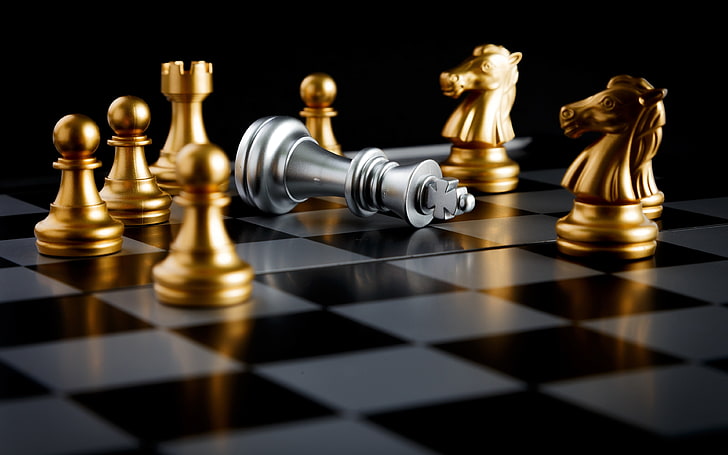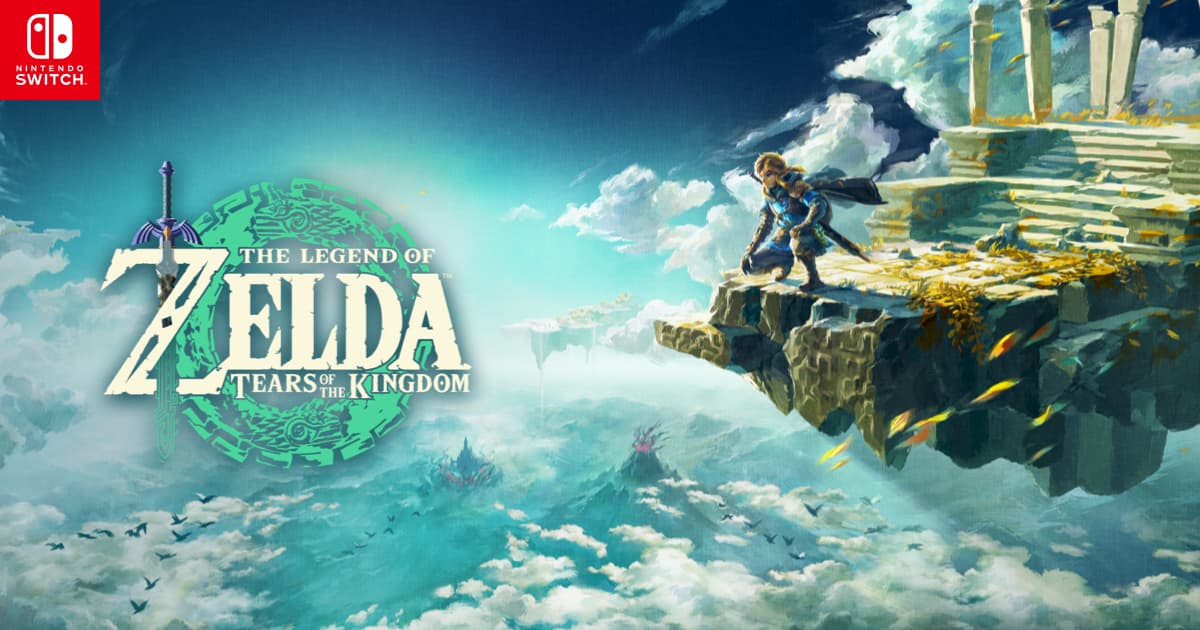Introduction
Chess is a timeless and universal game that has fascinated minds for centuries. Originating from the ancient Indian game of Chaturanga, chess has evolved into a global pastime and competitive sport. This article delves into the intricate world of chess, exploring its history, gameplay mechanics, and reviews from players and experts. We will also answer frequently asked questions to help both beginners and seasoned players enhance their understanding of this classic game.
History and Evolution
Origins of Chess
Chess traces its roots back to the 6th century in India, where it was known as Chaturanga. This early version of chess featured pieces representing the four military branches: infantry, cavalry, elephants, and chariots. The game spread to Persia, where it became known as Shatranj, and further evolved as it made its way through the Islamic world and into Europe.
Chess in the Middle Ages
By the 15th century, chess had gained popularity across Europe. The game underwent significant changes during this period, including the introduction of the modern moves for the queen and bishop. These changes made the game faster and more dynamic, setting the stage for the chess we recognize today.
Modern Chess Era
The 19th century marked the beginning of organized chess tournaments and the establishment of formal rules. The first official World Chess Championship was held in 1886, and since then, the game has continued to grow in popularity. The rise of digital technology in the late 20th and early 21st centuries has further transformed chess, with online platforms and computer analysis becoming integral parts of the game.
Chess Gameplay Mechanics
The Chessboard and Pieces
Chess is played on an 8×8 board with 64 squares of alternating colors. Each player starts with 16 pieces: one king, one queen, two rooks, two knights, two bishops, and eight pawns. The objective is to checkmate the opponent’s king, rendering it unable to escape capture.
Basic Moves and Rules
Each type of piece moves in a distinct pattern:
- King: Moves one square in any direction.
- Queen: Moves any number of squares in any direction.
- Rook: Moves any number of squares horizontally or vertically.
- Bishop: Moves any number of squares diagonally.
- Knight: Moves in an L-shape: two squares in one direction and then one square perpendicular.
- Pawn: Moves forward one square but captures diagonally; it can move two squares forward on its first move.
Special Moves
- Castling: A move involving the king and a rook, allowing the king to move two squares towards the rook and the rook to move to the square over which the king crossed.
- En Passant: A special pawn capture that can occur when a pawn moves two squares forward from its starting position and lands beside an opponent’s pawn.
- Promotion: When a pawn reaches the opposite end of the board, it can be promoted to any other piece, usually a queen.
Players and Experts
Chess as a Brain-Boosting Activity
Many players and experts laud chess for its cognitive benefits. The game requires strategic thinking, problem-solving, and foresight, making it an excellent mental workout. Studies have shown that regular chess play can improve memory, concentration, and even IQ.
Chess in the Digital Age
The advent of online chess platforms like Chess.com and Lichess has revolutionized how people play and learn the game. These platforms offer tutorials, puzzles, and the ability to play against opponents from around the world. Reviews highlight the accessibility and convenience of digital chess, which allows players to improve their skills at any time.
Competitive Chess and Tournaments
Chess tournaments, from local events to international championships, offer a thrilling competitive environment. Reviews from competitive players emphasize the excitement of facing off against skilled opponents and the sense of accomplishment from winning matches and titles. The World Chess Championship remains the pinnacle of competitive chess, drawing attention from fans worldwide.
Benefits of Playing Chess
Cognitive and Academic Advantages
Chess is known to enhance various cognitive abilities, including critical thinking, spatial awareness, and planning. Schools and educational programs often incorporate chess to boost students’ academic performance and problem-solving skills.
Social and Emotional Benefits
Playing chess can also improve social skills, as it encourages interaction and sportsmanship. The game teaches patience, resilience, and the importance of thinking before acting, which are valuable life lessons.
Therapeutic and Relaxation Benefits
Chess can serve as a form of therapy for individuals dealing with stress, anxiety, and other mental health issues. The focus required to play can provide a mental escape and promote relaxation.
Conclusion
Chess is a game that transcends time and borders, offering a unique blend of strategy, skill, and mental challenge. Whether you’re a casual player or an aspiring grandmaster, there’s always something new to learn and enjoy in the world of chess. With its rich history, cognitive benefits, and the ever-evolving digital landscape, chess continues to captivate and inspire millions around the globe.
By understanding the rules, practicing regularly, and engaging with the chess community, you can improve your skills and deepen your appreciation for this classic game. We hope this comprehensive review and FAQ have provided valuable insights into the timeless game of chess.
Frequently Asked Questions :-
Q 1.What are the basic rules of chess?
A Chess is played on an 8×8 board with 16 pieces per player. The objective is to checkmate the opponent’s king. Each piece moves differently, and the game includes special moves like castling, en passant, and promotion.
Q 2.How can I improve my chess skills?
A To improve at chess, practice regularly, study tactics and strategies, analyze your games, and play against stronger opponents. Online platforms and chess books are valuable resources for learning.
Q 3.What is the best opening move in chess?
A There is no definitive “best” opening move, but popular choices include 1. e4 (King’s Pawn Opening) and 1. d4 (Queen’s Pawn Opening). These moves help control the center of the board and prepare for piece development.
Q 4.How does castling work in chess?
A Castling is a move involving the king and a rook. The king moves two squares towards the rook, and the rook moves to the square next to the king. Castling can only occur if neither piece has moved before, there are no pieces between them, and the king is not in check or moving through check.
Q 5.What is en passant in chess?
A En passant is a special pawn capture that occurs when a pawn moves two squares forward from its starting position and lands beside an opponent’s pawn. The opponent can capture the pawn as if it had moved only one square forward.
Q 6.What is checkmate in chess?
A Checkmate occurs when a king is in a position to be captured (in check) and there is no legal move to escape the threat. This ends the game, and the player delivering the checkmate wins.
Q 7.How has technology impacted chess?
A Technology has significantly impacted chess, particularly through computer analysis and online play. Chess engines like Stockfish and AlphaZero can analyze positions with incredible accuracy, and online platforms allow players to compete and learn from anywhere in the world.



